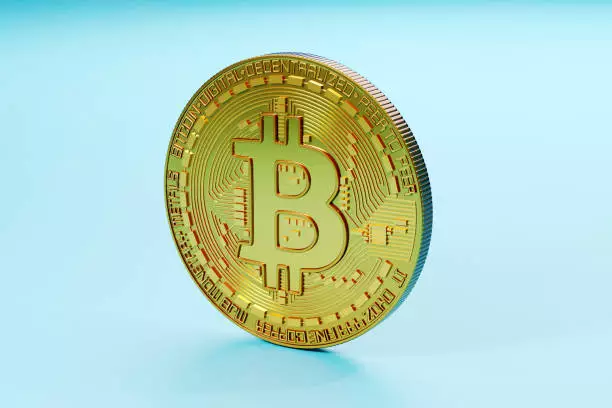Bitcoin, the leading cryptocurrency, is once again facing a tumultuous phase as it hovers around critical price levels. Recently, the digital asset plunged to approximately $103,700, stirring intense debate among investors and analysts alike. Navigating these price fluctuations, particularly as Bitcoin grapples with pivotal numbers like $107,500 and $103,500, we are reminded of how volatile the cryptocurrency market can be each time these thresholds are tested. Many fans hoped last week’s high surge above $106,000 could pave the way for stable growth; however, we now see different scenarios emerging. What has driven Bitcoin to this precarious juncture?
The Analytic Landscape: Bulls vs. Bears
Crypto analysts are endeavoring to predict Bitcoin’s next movements, and two voices have notably emerged—Captain Faibik and Kevin Capital. Their insights offer a fascinating glimpse into the ongoing battle between bullish optimism and bearish pessimism. Captain Faibik points out that breaking above $107,500 presents a significant chance for Bitcoin to ascend to new highs beyond $117,000, effectively redefining its value proposition in a world increasingly dominated by digital fintech.
However, if Bitcoin fails to maintain $103,500, many believe that the bullish rally could succumb to bearish pressures, bringing with it the stark possibility of a downward spiral. It is essential to appreciate that while these technical levels provide crucial guidance, they are not absolute certainties. The sentiment and behavior of market participants introduce an element of unpredictability.
Market Influences: Political Factors at Play
What complicates the situation further are external influences, particularly the ongoing tensions related to US-China trade agreements. The news of the US extending the pause on tariffs instigated a bullish reaction earlier, showcasing how macroeconomic factors intertwine with crypto market sentiment. In a global economy where traditional finance and cryptocurrencies frequently intersect, the outcome of discussions between Donald Trump and China’s president could potentially act as catalysts for Bitcoin’s price movement. Investors cannot ignore these geopolitical intricacies and their ties to the cryptocurrency’s destiny.
Compounding this complexity is the role of regulators and financial authorities. Recent comments—or the lack thereof—from Federal Reserve Chair Jerome Powell only amplify existing uncertainties. In the absence of clarity on monetary policy or economic outlook, market participants often resort to heightened speculation, driving prices more through sentiment than fundamentals. It is a precarious game of emotional chess that leaves investors on edge.
Technical Indicators and Their Implications
Moreover, technical analysis provides a toolset for understanding Bitcoin’s price behavior, yet it does not offer infallible predictions. For instance, the appearance of a ‘Katana’ pattern, as noted by Titan of Crypto, suggests that the market is at an equilibrium—a stasis where neither bulls nor bears hold sway, often leading to significant volatility ahead. Such technical developments underscore the importance of vigilance and strategic positioning among traders, while simultaneously adding a layer of psychological complexity to market movements.
These indicators are telling of the broader crypto market sentiment: while some hold out hope for a bullish breakout, others remain skeptical, foreseeing a potential downturn. This seesaw of optimism and skepticism complicates the narrative, leading many to question where Bitcoin truly stands in the financial hierarchy.
The Cycling Wheel of Investor Sentiment
As we dissect the current state of Bitcoin, it’s crucial to acknowledge how highly subjective investor sentiment can be. In crypto markets, emotions often trump fundamentals, leading to irrational exuberance or deep pessimism based on fleeting news cycles or social media trends. It is both fascinating and alarming how swiftly public sentiment can pivot, thereby influencing market movements significantly.
Those with a more bullish disposition argue that Bitcoin’s historical resilience against price dips foretells an impending recovery. Conversely, the bearish faction warns against complacency, pointing to previous market collapses fueled by equally optimistic predictions. The challenge here for an investor lies in filtering out noise and focusing on realistic long-term trends, rather than being swept away by frantic market chatter.
In navigating these waters, Bitcoin stands as both a beacon of hope and a cautionary tale, illustrating the dual nature of speculative investing. Acknowledging these tensions while remaining vigilant about political, technical, and market sentiment will be key to understanding Bitcoin’s uncertain future.













